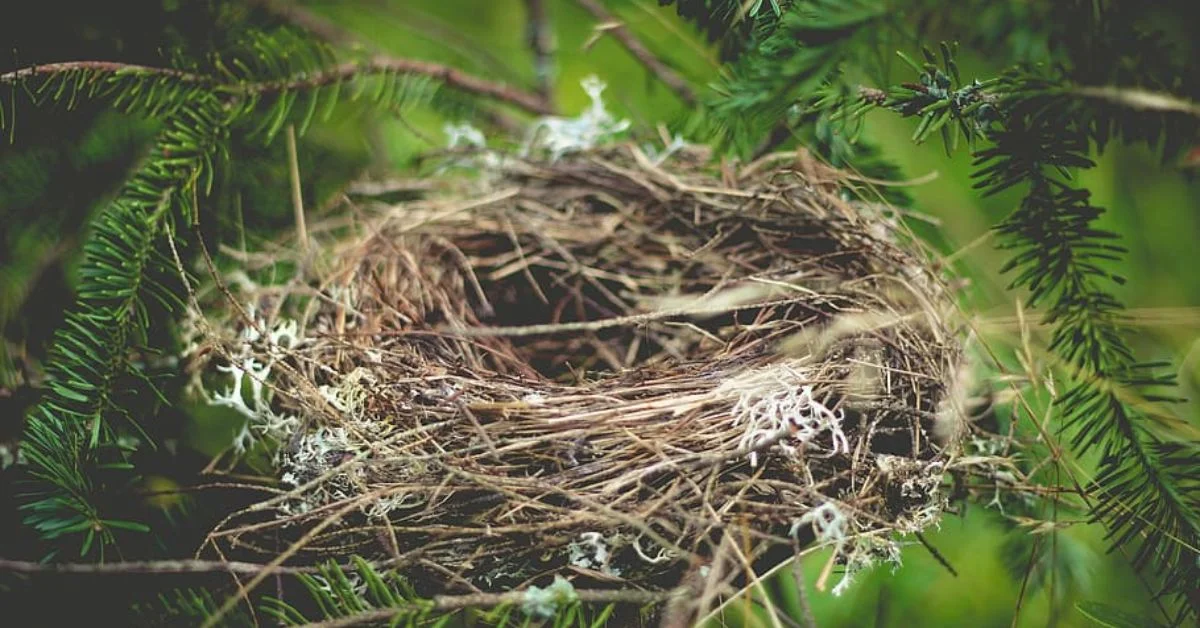
New research reveals that 176 bird species worldwide incorporate diverse human-made materials into their nests. These avian creatures ingeniously utilise our castoffs and remnants across the globe.
Seabirds in Australia opt for fishing nets as nesting material, while ospreys in North America prefer baler twine. City-dwelling birds in South America use cigarette butts, and common blackbirds in Europe gather plastic bags for their nests.
ALSO READ | Birds In Sight Is A Vision Delight
This noteworthy study, featured in the special issue The Evolutionary Ecology of Nests: A Cross-Taxon Approach of Philosophical Transactions of the Royal Society B, suggests that such materials can be advantageous.
Cigarette butts, for instance, contain nicotine and other substances that repel ectoparasites, safeguarding nestling birds from blood-sucking pests.
Additionally, artificial materials with greater rigidity provide structural support, while plastic films offer insulation and warmth for the offspring.
Nevertheless, it remains crucial to acknowledge that anthropogenic materials can harm birds.
Mark Mainwaring underscores, "The special issue emphasises that nests play a crucial role in enabling various taxa, spanning birds, mammals, fish, and reptiles, to adapt to human-induced pressures. These pressures range from incorporating human-made materials into their nests to offering shelter to parents and offspring in the face of rising temperatures due to climate change."
Anthropogenic materials occasionally inflict harm upon birds, with parents and offspring fatally entangled in baler twine and young birds mistakenly ingesting such materials, mistaking them for natural prey. Moreover, including vibrant anthropogenic materials in nests attracts predators, threatening eggs and nestlings.
Consequently, minimising the disposal of plastics and other human-made materials is imperative.
Lead author Zuzanna Jagiello, affiliated with Poznan University of Life Sciences in Poland, expressing concern says, "A wide array of bird species incorporate anthropogenic materials into their nests. This is troubling because it is increasingly evident that such materials can endanger both nestlings and adult birds."
Jagiello further emphasises the need for more extensive research to grasp the full extent of this issue by investigating the number of bird species worldwide that include human-made materials in their nests.
Meanwhile, Jim Reynolds, the study's second author and a researcher at the Centre for Ornithology at the University of Birmingham in the UK, remarks, "In our rapidly urbanising world, shared by diverse animal taxa, it comes as no surprise that birds utilise our discarded materials in their nests. Although the impact of plastics on birds, for instance, requires further understanding, it is intriguing that birds, through their mobility and breeding biology, may serve as effective indicators of environmental pollution caused by anthropogenic materials."
The Story Mug is a Guwahati-based Blogzine. Here, we believe in doing stories beyond the normal.